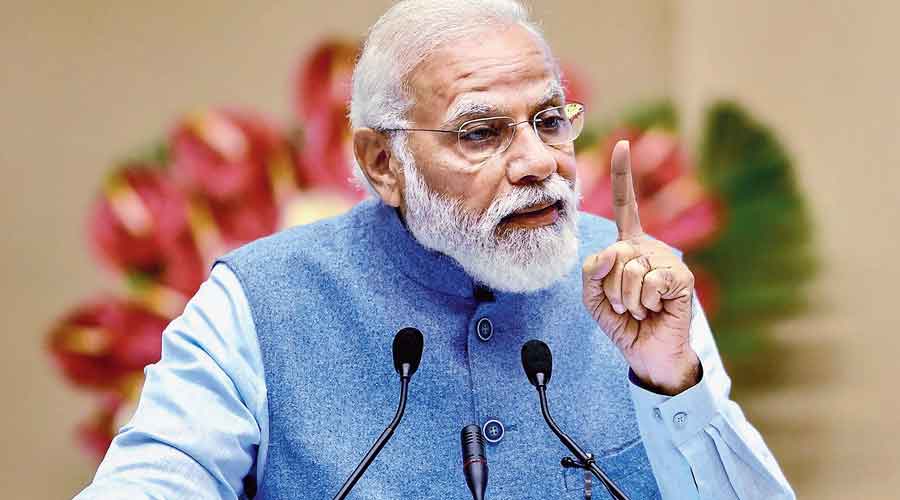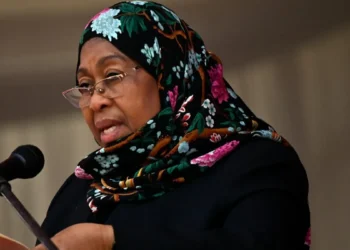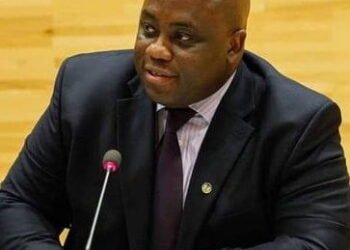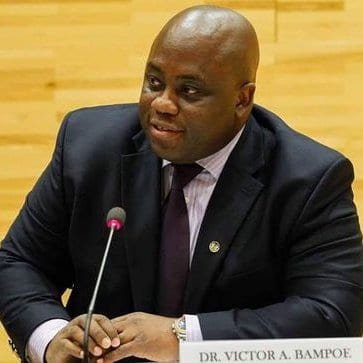President Donald Trump has imposed 50% tariffs on most US imports from India, making good on a threat to double tariffs on imports from India over its purchases of Russian oil.
The tariffs, which came into effect just after midnight on Wednesday, August 27, 2025, in Washington, risk inflicting significant damage on the Indian economy and further disrupting global supply chains.
This comes just weeks after Trump instituted a new 25% baseline tariff on Indian goods. Levies on India, the world’s fifth-largest economy, are now among the highest the United States charges across all countries.
US tariffs of 25% on Indian goods went into force earlier this month, but Trump announced plans to double the rate, citing New Delhi’s purchases of Russian oil, which the White House has argued is indirectly funding Russia’s war against Ukraine.
Most Indian goods exports to the US (worth $87.3bn to the US last year, according to the US trade representative) now face steep duties, although some key products including smartphones are set to be spared, for now.
About 30% of India’s exports to the US – including pharmaceuticals, electronics, raw drug materials and refined fuels – worth $27.6bn, remain duty-free. However, sectors like textiles, gems and jewellery, and seafood, long reliant on the American market, face shrinking order books.
Ministers in India argue that it has been unjustly singled out for its trade relationship with Russia and officials caution the country will likely work more closely with Moscow and Beijing – and drift further from Washington – as a result.
S Jaishankar, the External Affairs Minister, called Washington’s demand that New Delhi stop buying Russian crude “unjustified and unreasonable” and accused the west of hypocrisy, noting that Europe trades far more with Russia. To avoid the extra US tariff, India would have to replace about 42% of its oil imports.
Despite tensions, Jaishankar said that US-India trade talks continue. “We are two big countries, we need to have conversations … the lines are not cut,” he stated.
While Trump has accused India of indirectly funding Russia’s war against Ukraine through its purchases of Kremlin crude, he has not taken similar action against China, another major purchaser.
Meanwhile, the mood has been defiant in India. The country’s government has refused to halt purchases of Russian oil, and Prime Minister Narendra Modi urged Indians to buy local.

Modi said on Tuesday, encouraging shopkeepers to display big signs promoting domestic products, “All of us should follow the mantra of buying only ‘Made in India’ goods.” He added, “Pressure on us may increase [from the tariffs], but we will bear it.”
50% Tariff To Push GDP Growth Below 6%
Goldman Sachs’ chief India economist, Santanu Sengupta, warned that sustained 50% levies could push gross domestic product (GDP) growth below 6%, from a forecast level of around 6.5%.
Rival exporters from Turkey to Thailand, facing lower US tariffs, are already scooping up American buyers with offers of cheaper goods. “At a 50% tariff, it is very difficult to export,” Sengupta said.
The effects are already visible. The Federation of Indian Export Organisations (FIEO) reported textile and apparel manufacturers in Tirupur, Delhi, and Surat had already halted production due to “worsening cost competitiveness.”
FIEO President SC Ralhan stated that Indian goods have been rendered uncompetitive compared to competitors from China, Vietnam, Cambodia, the Philippines, and other south-east and south Asian countries.
Even if the tariff row eases, trust in future relations with Washington is probably the biggest casualty. A senior Indian trade official, who spoke on condition of anonymity, said, “Trump has blown it.”
“The hard work between the two countries, which inherently did not trust each other but still managed to build a solid strategic relationship, is now at risk. It is going to take a long time to reboot, and it probably won’t happen until Trump is out.”
Senior Indian trade official
The official added that at a working level, the countries must cooperate, “but politically, neither can afford to appear weak.”
READ ALSO: High Commissioner Eyes Return of South African Retail Giants, Ambassadors to Face KPIs



















